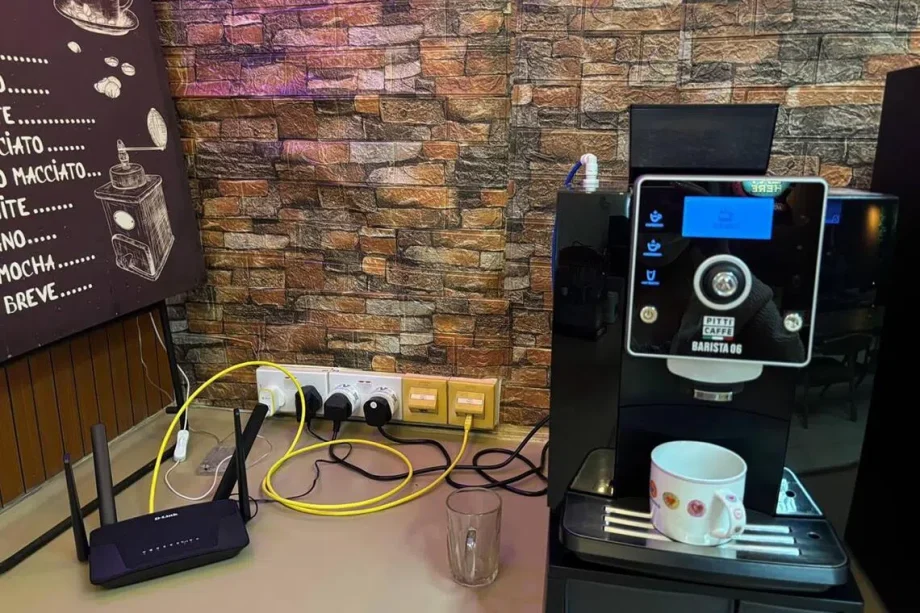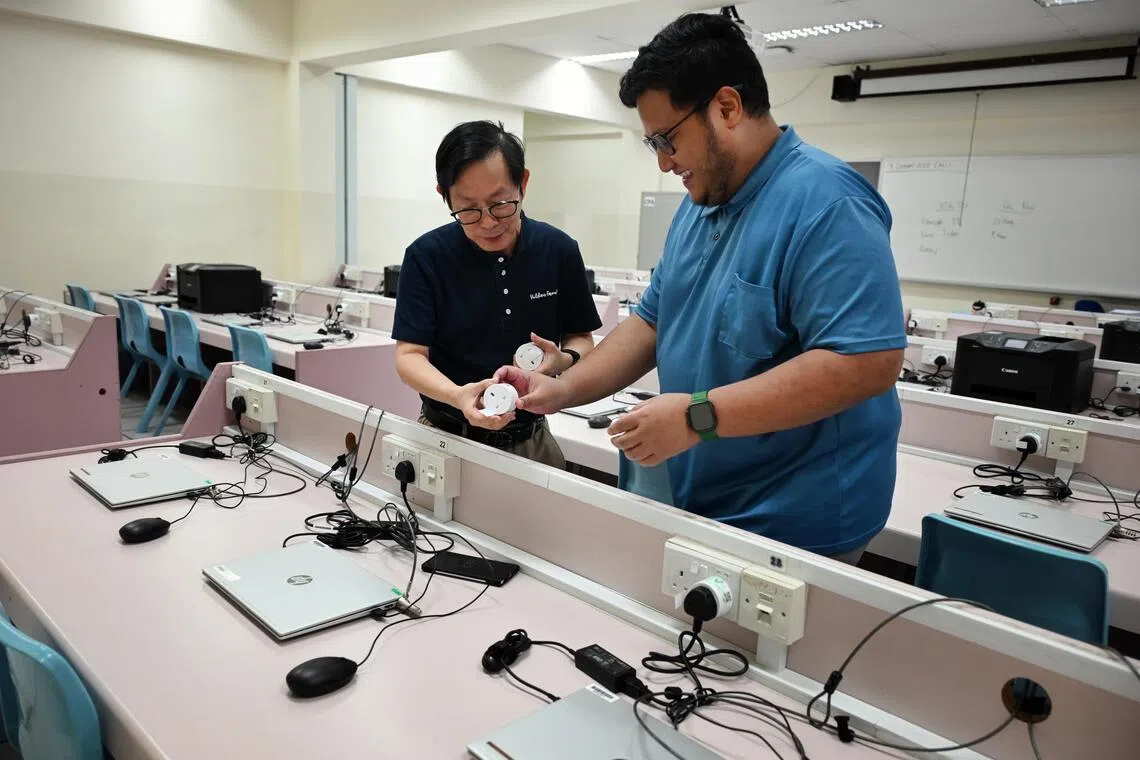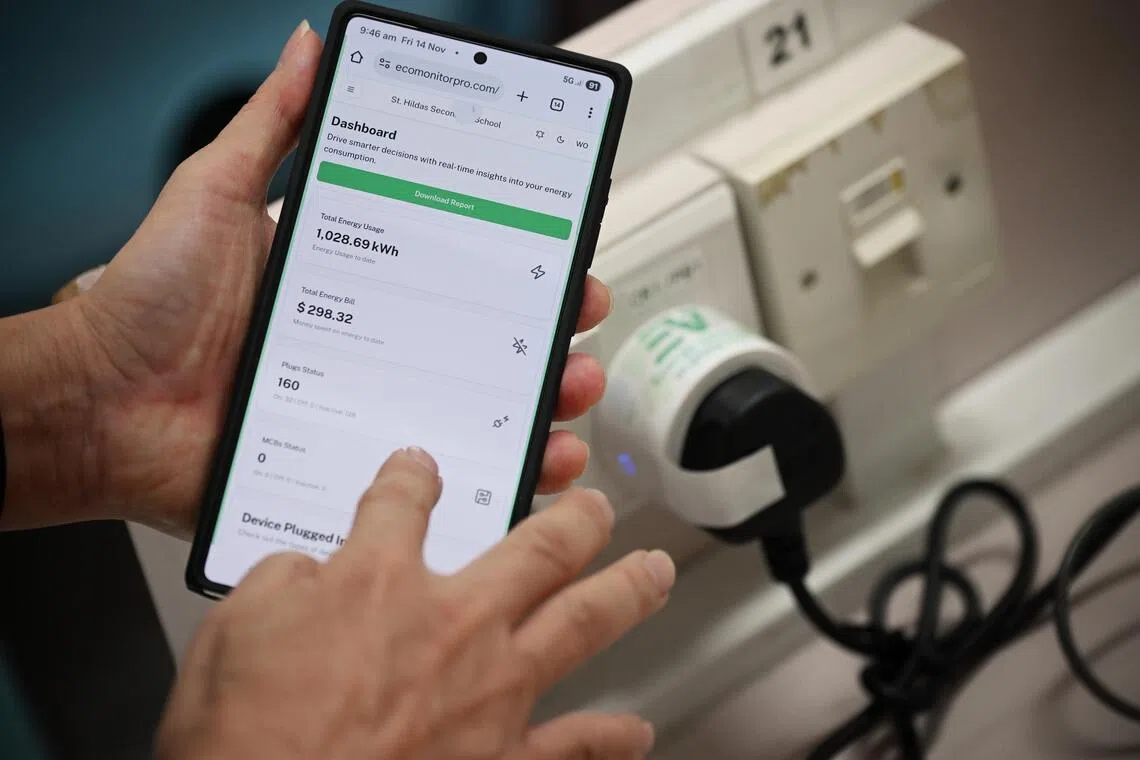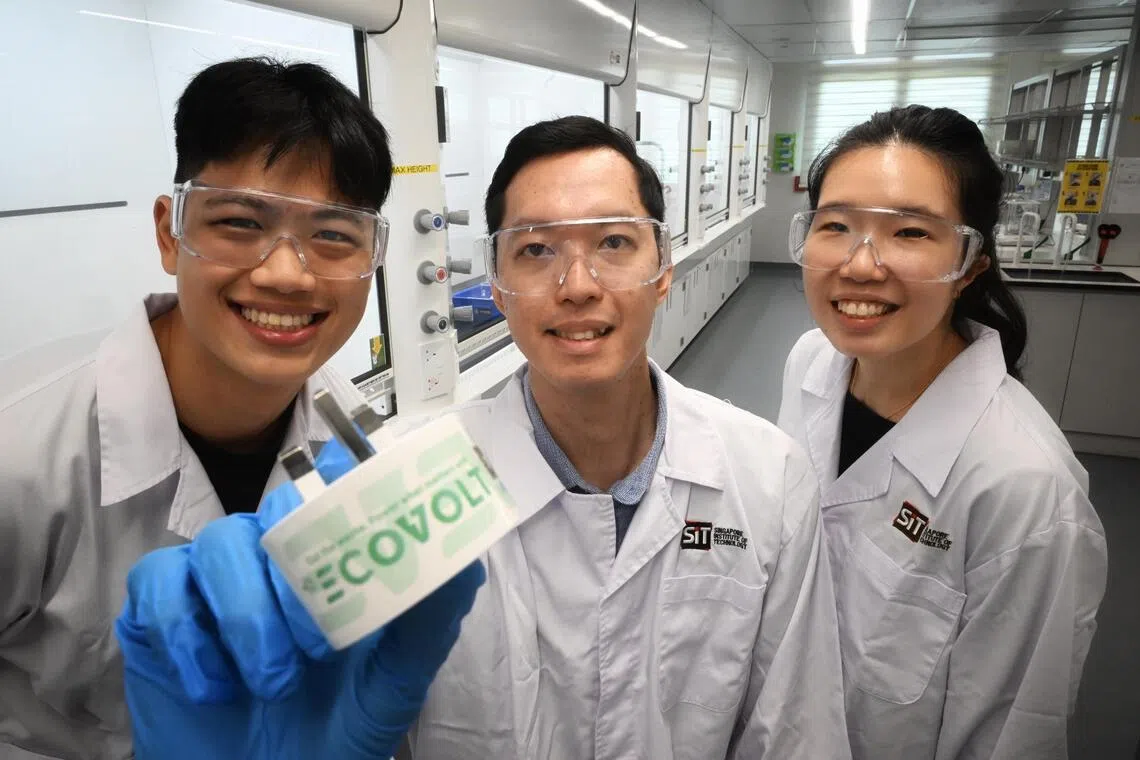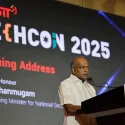SINGAPORE – Five schools in Singapore have installed a new smart plug system that tracks and optimises energy use across school equipment, helping them achieve between 8 per cent and 20 per cent energy savings.
The schools – Singapore Institute of Technology (SIT), St Andrew’s School (Secondary) (SASS), Nanyang Junior College (NYJC), St Hilda’s Secondary and Rosyth School – are currently undergoing a six-month trial with Ecovolt, an artificial intelligence-enabled building management system with smart plug load capabilities.
Using it is simple: the smart plug is inserted into a wall socket, and the appliance is then plugged into it. Once connected to the Wi-Fi network, real-time data on electricity use and cost appears on the monitoring platform.
The platform also allows schools to remotely manage individual appliances such as printers, water dispensers and audiovisual equipment, automatically switching off idle devices to cut energy wastage.
The number of plugs currently in each school ranges from 30 to 120, depending on specific needs.
This follows a Straits Times report in October stating that by 2031,
all schools here will move from managing their own facilities to a central system
overseen by the Ministry of Education (MOE).
This new system will allow lighting and air-conditioning to be automatically or remotely adjusted based on occupancy, and will use energy and water meters to track and reduce consumption, said MOE, with the aim of improving productivity, efficiency and environmental sustainability.
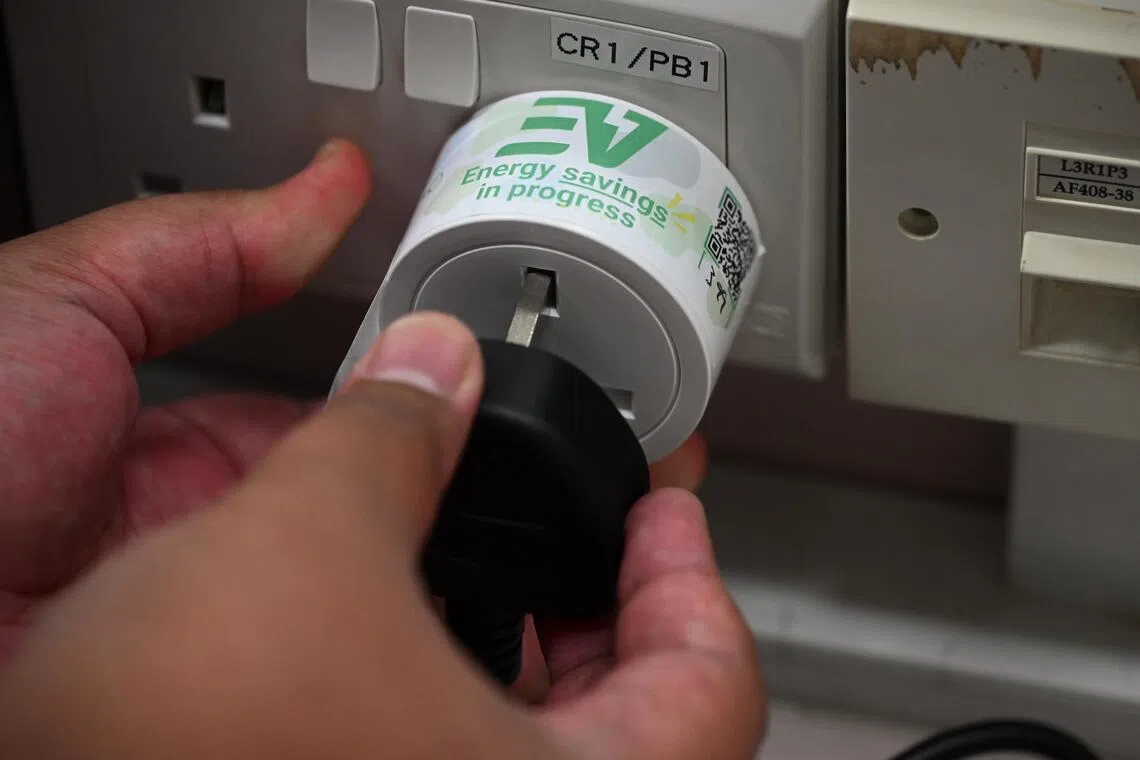
Using the Ecovolt smart plug is simple – insert into a wall socket, plug the appliance into it, and connect to the Wi-Fi network.
ST PHOTO: KUA CHEE SIONG
Ecovolt Technologies co-founder Eugene Chia said the system typically delivers 8 per cent to 20 per cent energy savings. Each plug connects to the local Wi-Fi network and collects baseline data on power consumption and carbon emissions before optimisation begins.
The system then identifies usage patterns – such as when appliances are typically active or idle – and cuts unnecessary power draw. Currently, the plugs work with devices that have individual power points, and as such, do not control central systems like air-conditioning or lighting.
At SASS, vice-principal of administration Danny Teo said that the school began installing some 30 Ecovolt plugs in July. These have been set up on photocopiers, printers, coffee machines and certain vending machines.

Users can also open the Ecovolt dashboard on their computers and see real-time energy usage when using the smart plug.

